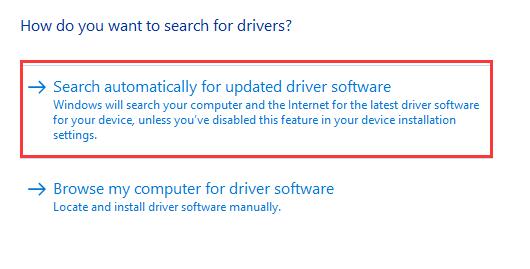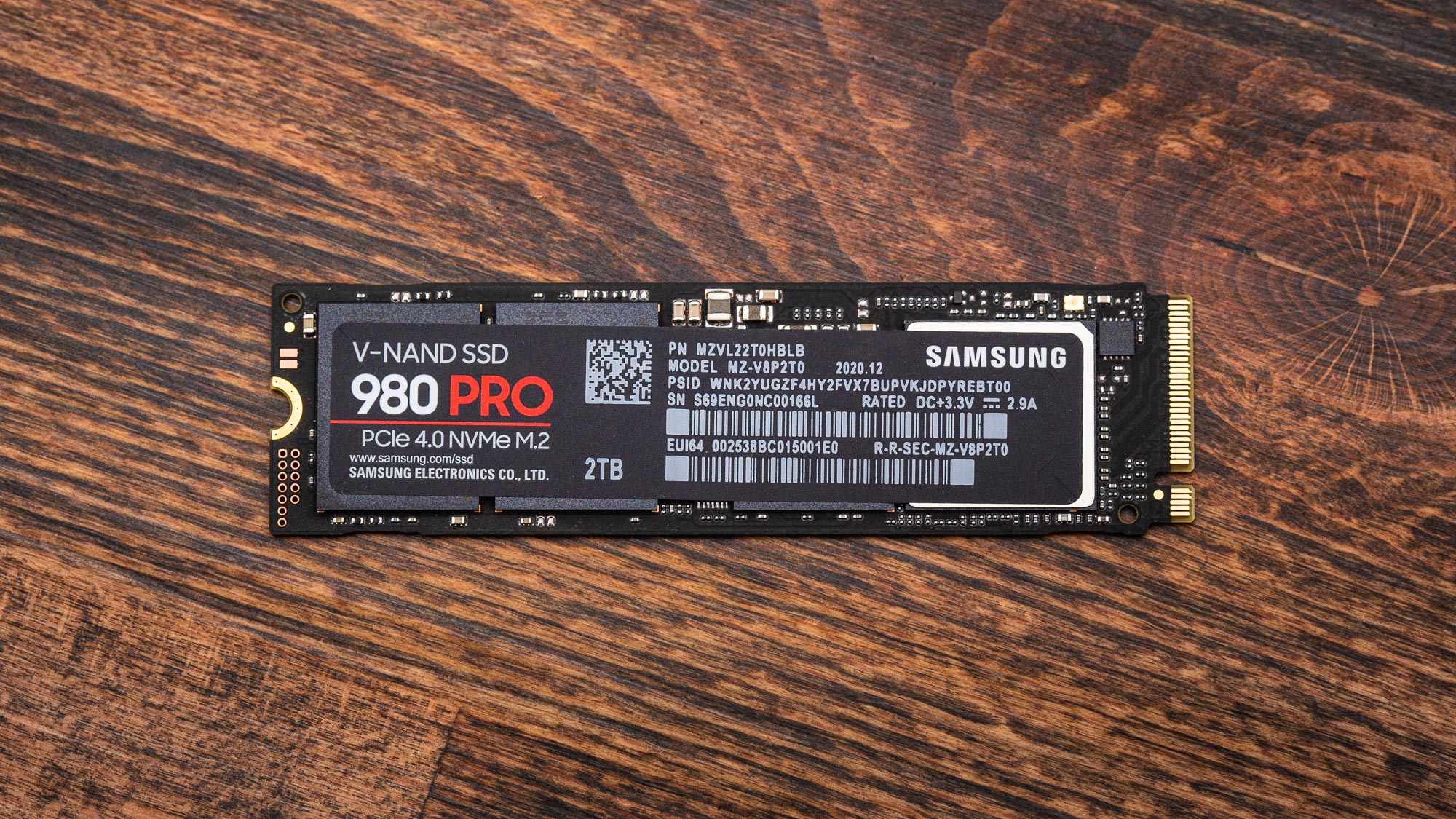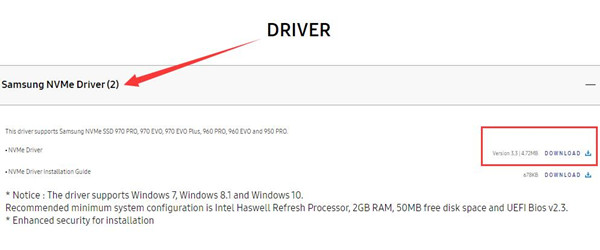

This is similar to how USB mass storage devices are built to follow the USB mass-storage device class specification and work with all computers, with no per-device drivers needed. It also means that each SSD manufacturer does not have to design specific interface drivers. By standardizing the interface of SSDs, operating systems only need one common device driver to work with all SSDs adhering to the specification. High-end SSDs had been made using the PCI Express bus before NVMe, but using non-standard specification interfaces. For example, within about five years of mass market mainstream adoption (2005–2010) many SSDs were already held back by the comparatively slow data rates available for hard drives-unlike hard disk drives, some SSDs are limited by the maximum throughput of SATA. Since SSDs became available in mass markets, SATA has become the most typical way for connecting SSDs in personal computers however, SATA was designed primarily for interfacing with mechanical hard disk drives (HDDs), and it became increasingly inadequate for SSDs, which improved in speed over time. Historically, most SSDs used buses such as SATA, SAS or Fibre Channel for interfacing with the rest of a computer system. Intel SSD 750 series, an SSD that uses NVM Express, in form of a PCI Express 3.0 ×4 expansion card (front and rear views)

Storage devices using SATA Express and the M.2 specification which support NVM Express as the logical-device interface are a popular use-case for NVMe and have become the dominant form of solid-state storage for servers, desktops and laptops alike. NVM Express devices are chiefly available in the form of standard-sized PCI Express expansion cards and as 2.5-inch form-factor devices that provide a four-lane PCI Express interface through the U.2 connector (formerly known as SFF-8639). The previous interface protocols like AHCI were developed for use with far slower hard disk drives (HDD) where a very lengthy delay (relative to CPU operations) exists between a request and data transfer, where data speeds are much slower than RAM speeds, and where disk rotation and seek time give rise to further optimization requirements. As a result, NVM Express reduces I/O overhead and brings various performance improvements relative to previous logical-device interfaces, including multiple long command queues, and reduced latency.
SAMSUNG NVM EXPRESS DRIVER LOCATION SOFTWARE
īy its design, NVM Express allows host hardware and software to fully exploit the levels of parallelism possible in modern SSDs.

Version changes for NVMe, e.g., 1.3 to 1.4, are incorporated within the storage media, and do not affect PCIe-compatible components such as motherboards and CPUs. Īrchitecturally, the logic for NVMe is physically stored within and executed by the NVMe controller chip that is physically co-located with the storage media, usually an SSD. NVM Express, as a logical-device interface, has been designed to capitalize on the low latency and internal parallelism of solid-state storage devices. The acronym NVM stands for non-volatile memory, which is often NAND flash memory that comes in several physical form factors, including solid-state drives (SSDs), PCI Express (PCIe) add-in cards, and M.2 cards, the successor to mSATA cards. NVM Express ( NVMe) or Non-Volatile Memory Host Controller Interface Specification ( NVMHCIS) is an open, logical-device interface specification for accessing a computer's non-volatile storage media usually attached via PCI Express (PCIe) bus. NVM Express Work Group (incorporated as NVM Express in 2014) Interface used for connecting storage devices Non-Volatile Memory Host Controller Interface Specification


 0 kommentar(er)
0 kommentar(er)
